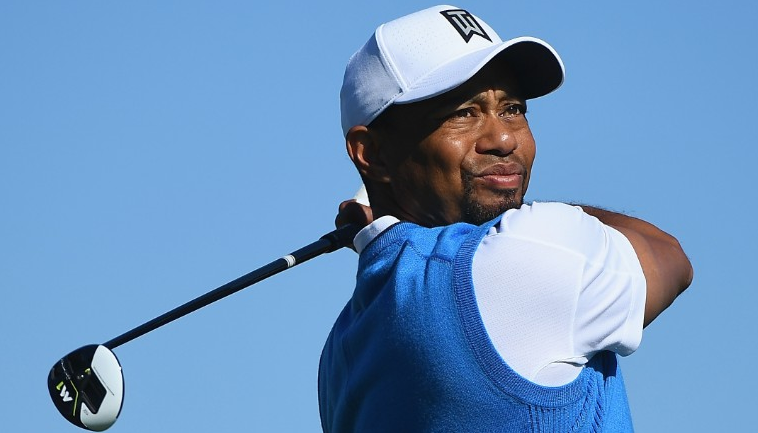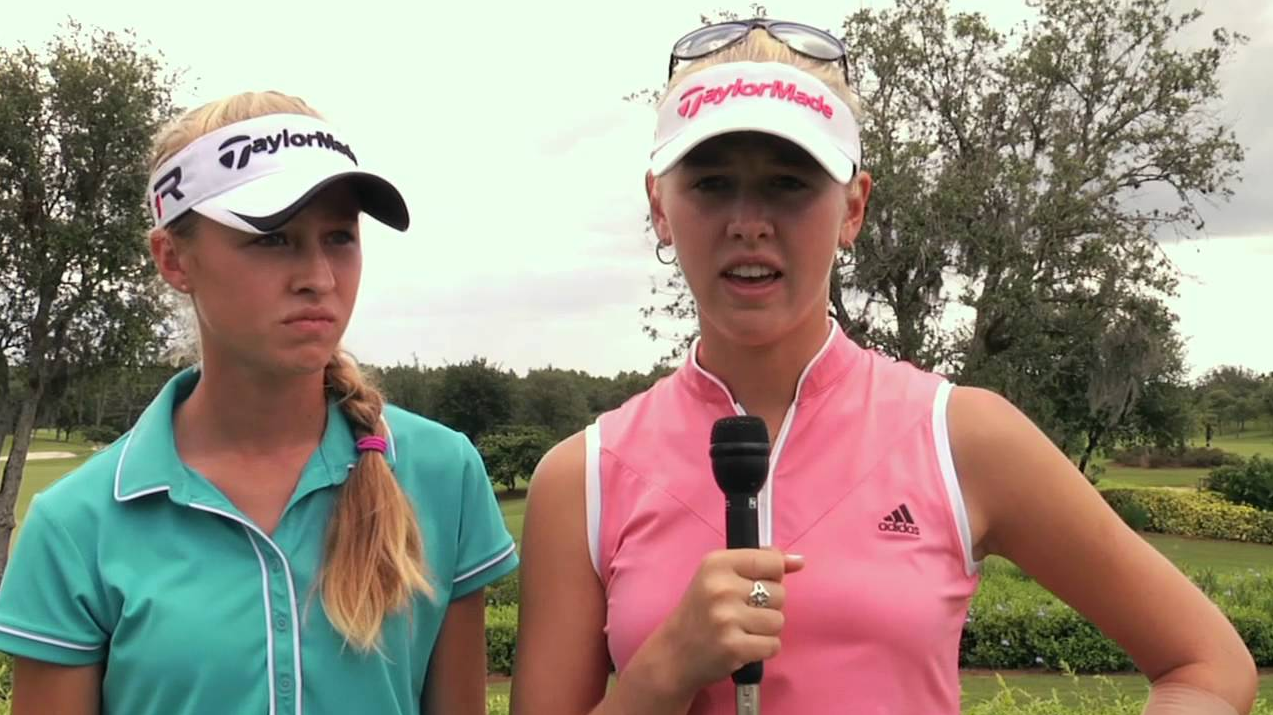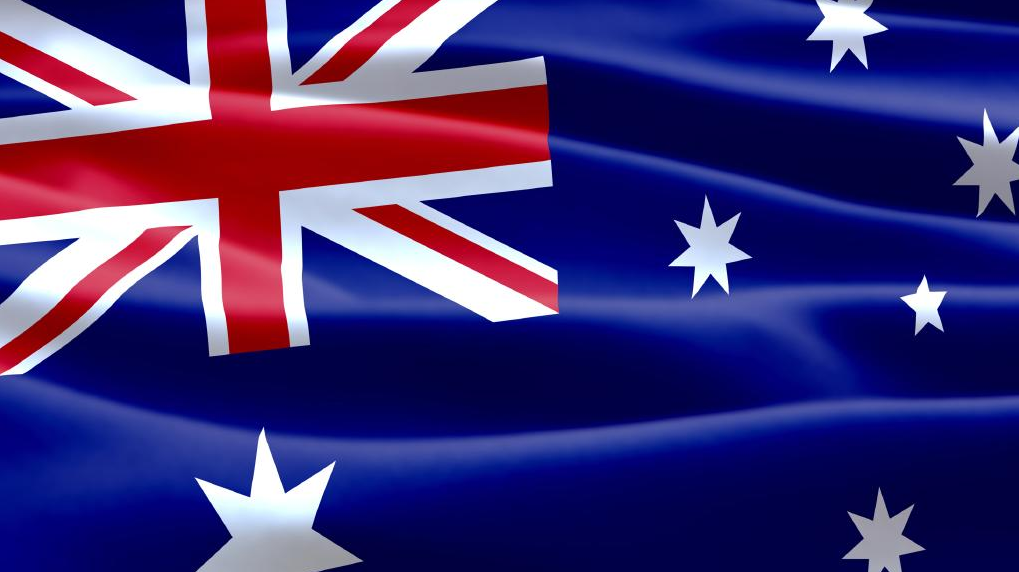Each week, Australian Golf Digest’s editorial team will discuss the key issues in the world of golf in an e-mail conversation spanning the globe.
1. Former world No.1-ranked amateur Jon Rahm brutalised Torrey Pines’ inward nine to claim the Farmers Insurance Open. Rahm is part of a wave of powerful young players emerging in the professional game – is he the best-looking prospect among the first/second-year brigade?
Brad Clifton, editor-in-chief: He looks really solid. I spoke to the CEO of TaylorMade, David Abeles, in Florida last week and he made no secret of the fact his company was going after two players: young American sensation Beau Hossler and Rahm. What does that tell us? Well, a bloke called Tiger was only third on that list.
Rohan Clarke, senior writer: It’s too hard to rate players in their early 20s … I thought Sergio Garcia was going to be a world-beater and win multiple Majors. But once they get onto the US PGA Tour, it’s less about talent and more about temperament, hunger and being self-reliant.
Steve Keipert, associate editor: Rahm impressed me straight away when he first surfaced on tour with his assured play and amateur/college pedigree. So, yes, I’d put him at the top of the next wave that’s a year or so behind the Spieths, Thomases and co. His swing is a little unconventional but he’s infinitely powerful. Power and confidence might be golf’s two most desired traits.

2. Tiger Woods shot 76-72 on his return to the US PGA Tour after a 17-month absence, missing the cut by four strokes. What was your take on the state of his game?
Keipert: He looked like a golfer stuck between what he wanted to do with his golf swing and what he was physically capable of doing. The CBS TV analysts noted similarly – with greater technical appraisal, of course – while imploring him to find a go-to shot and exploit it. Torrey Pines is tough and while Tiger clearly an accumulation of competitive rust, his 36 holes weren’t a complete flop. His putting and short game looked sound and his back survived the test. Remove the last six or so holes from his first round and he’s there for the weekend. Overall, I saw progress and reason for (eventual) optimism.
Clifton: I’ve been a Tiger optimist for some time now but the body rotation through his swing is starting to make me nervous. He is clearly backing off in a bid to look after his spine and while that could prolong his career physically, the thought of doing it every single shot looks to be weighing him down mentally. If he can eliminate the ‘junk’ holes he’s right there in contention every week. But it’s now becoming a big IF.
Clarke: A solid hit-out. Don’t read too much into the result.

3. Justin Thomas and winless Canadian Adam Hadwin have both carded 59s in the first month of 2017. To what do we attribute the recent rash of sub-60 scores?
Clarke: Can you remember the last time a professional air-mailed the green on the US PGA Tour? Advanced equipment technology has allowed players to be more precise in distance control with short irons – a prerequisite for super-low scoring. They can also afford to be more aggressive with shot-making/putting because there’s another $US6 million tournament the next week. (This overly aggressive style somewhat explains why the scoring average has remained static.) With access to sports psychology, players are better at keeping their emotions in check, so they’re able to ‘run the table’ once they get on a birdie blitz. And as we know, once the four-minute mile barrier was broken, a heap of athletes mentally adjusted to what was actually possible.
Clifton: Belief. Like the four-minute mile, today’s young guns genuinely believe 59 is just a number and an attainable one at that. Of course, technology and agronomy all play their roles but the first step to going low is believing you can go low. We’ve never had a more confident bunch of stars on tour.
Keipert: A combination of factors, including escalating equipment and ball technology (and golf courses that can’t keep pace), improved player fitness and perhaps superior skill level – although that’s difficult to quantify with any certainty, generation to generation. Improved agronomy might be the most underrated influencer – the surfaces almost every week are pristine – while the American circuit always appears reluctant to send fields out in anything other than perfect weather. Six sub-60 scores on tour since 2010 when there were only three throughout the many decades prior tells you where the pro game is headed. The first 57 can’t be far away.
Tony Webeck, writer-at-large: For mine it comes back to the lack of variety in golf courses used on the US Tour. If the same style of target golf is what is on offer every week, then any player teeing it up can dial it in and when the putts start dropping… The floodgates have opened.

4. The 2017 LPGA season began last week. After the compelling Lydia Ko/Ariya Jutanugarn battle of last year, what are you anticipating this season?
Clarke: The Koreans will again dominate in 2017. Look out for world No.10 Sung Hyun Park, who won seven times on the KLPGA last season. She has a power-packed game and can ‘carry’ her tee shots 263 metres (290 yards). I predict Park could have a dozen top-10 finishes, but maybe just two wins. World No.3 In-gee Chun was suffering from an old lower back injury in 2016 and still had a wonderful season. She will take over as the world No.1 because she is so mentally strong. Nelly Korda (pictured above with sister Jessica), after a strong display in the Bahamas, could be a fresh face to come through for the US. Gerina Pillar could also surprise. Lydia Ko is a mystery. Wonderfully gifted mentally, but it will be interesting to see how she plays after the recent changes of caddie, coach and trainer.
Keipert: More of the same – but with a larger cast dominating. Expect Brooke Henderson’s rise to continue, while I am a huge fan of the way Charley Hull goes about the game – she’s my pick to have a breakout year. And one cannot discount, of course, the chances of the South Korean contingent, of which I see In-gee Chun as the prime mover. As for the American malaise, I think 2016 represents the nadir (only two American winners) but the climb back won’t be straightforward. For us, Minjee Lee remains our primary hope.
Webeck: Minjee Lee to win the second event of the season at Royal Adelaide, Charley Hull to break into the top-10 with a Major win and Lydia Ko to continue her dominance as the best female player in the game.
Clifton: Like the great Roger Federer winning the Australian Open, I expect something truly amazing from Karrie Webb in 2017. I just hope it’s not a truly amazing retirement speech.

5. Australia Day fell last week. What relationship should golf have with our national day?
Keipert: Australia Day to me is a time of free choice, a day very distinct to Anzac Day. January 26 is when we should feel compelled to do whatever we want (within reason) to acknowledge what it means to be Australian. Go to the beach, swim, play golf, have a barbecue – or do all four. Me? I was on the first tee at 9.44am with board shorts at the ready for later in the afternoon. Perfect.
Clarke: I would like to see clubs introduce a morning shotgun event so everyone can come together for a barbecue afterwards. To enhance the festivities, add a putting competition, nearest-the-pin or a thong-throwing contest (like the one enacted by the Australian players at the Farmers Insurance Open in San Diego).
Webeck: Anyone turning up to a golf course wearing Australian flag-style Loudmouth pants/shorts/skirts that week gets to play for free. Anywhere in the country.
Clifton: Make Jason Day the Australian of the Year recipient. Surely that will get him back?



